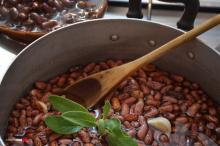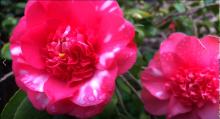Recipes for a warm Halloween: Farrotto of yellow pumpkin
We combine traditional folklore with this recipe based on pumpkin halloween prepared to decorate a delicious variation of the traditional “Farrotto” of Lucca.
Farrotto of yellow pumpkin
What is necessary:
200 g. spelt beans
¼ pumpkin ripe and mealy
½ cup white wine
vegetable broth
cheese “Grana”
olive oil, salt and pepper









